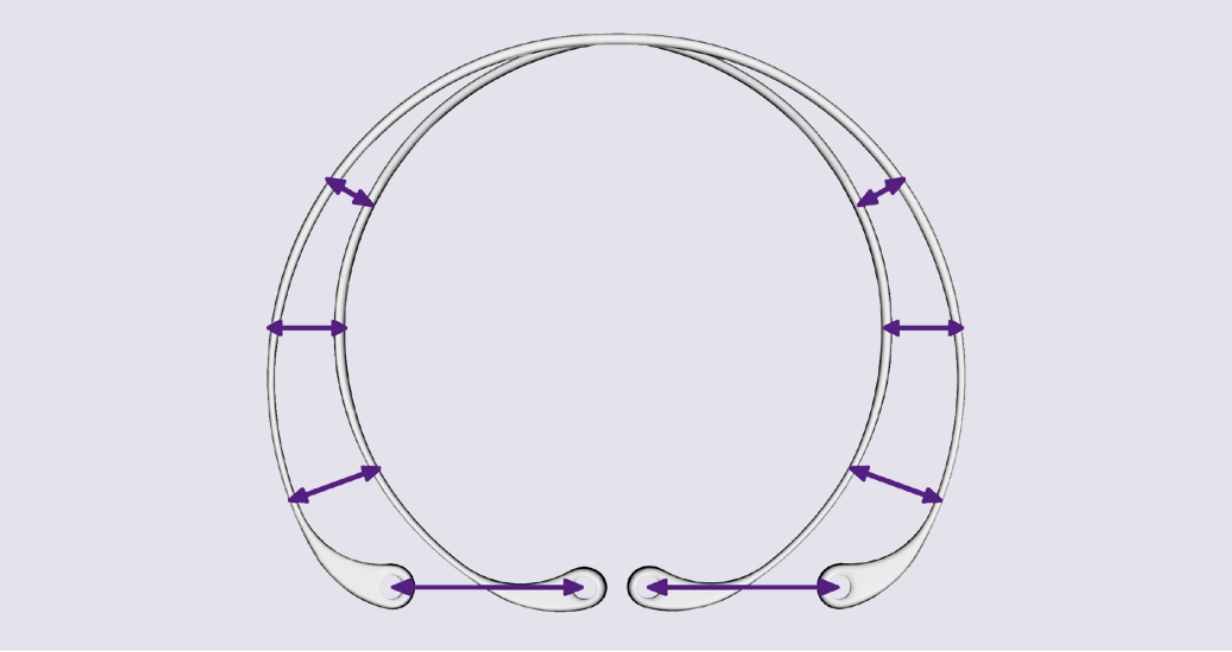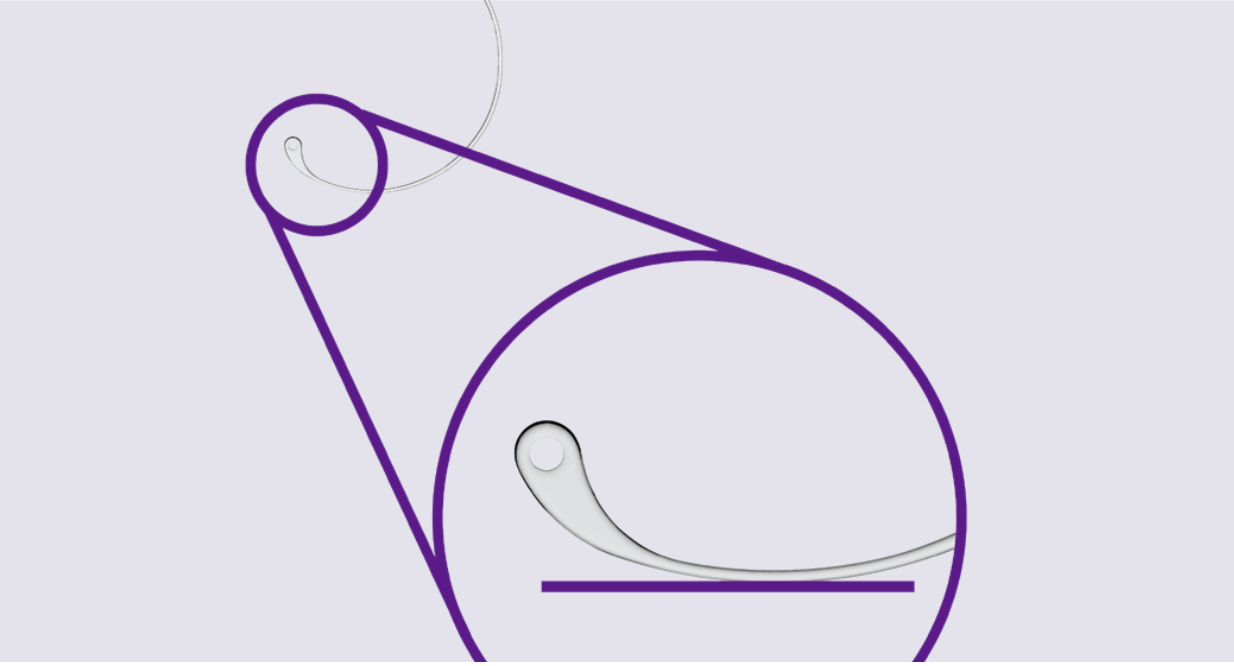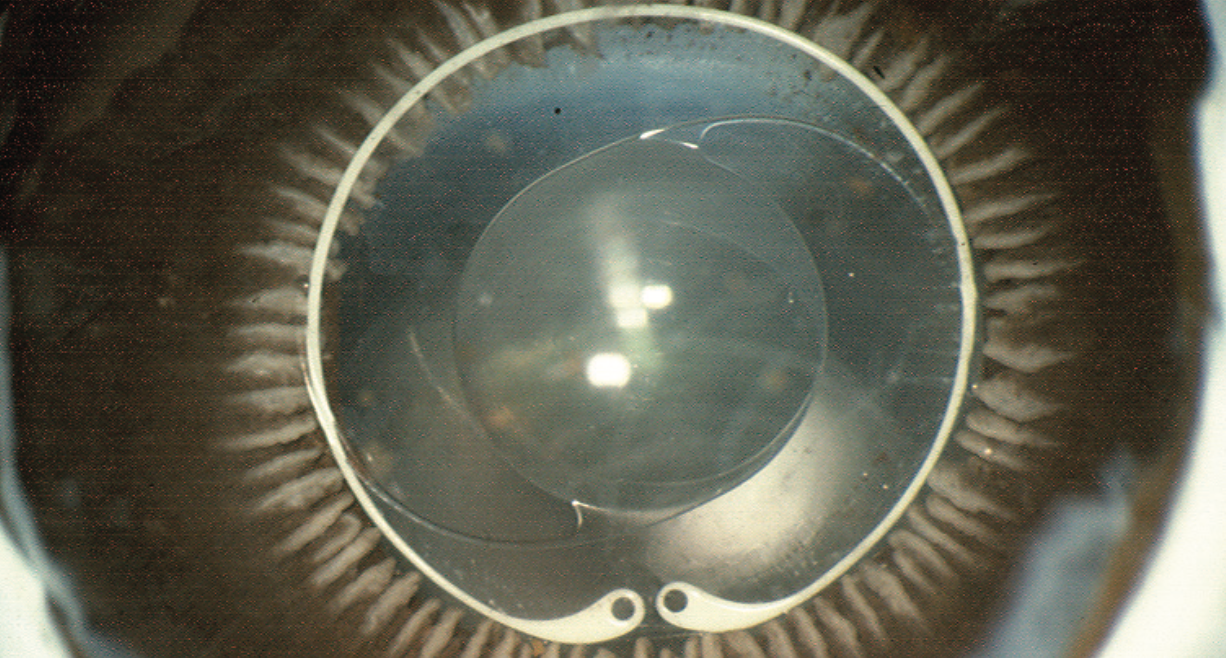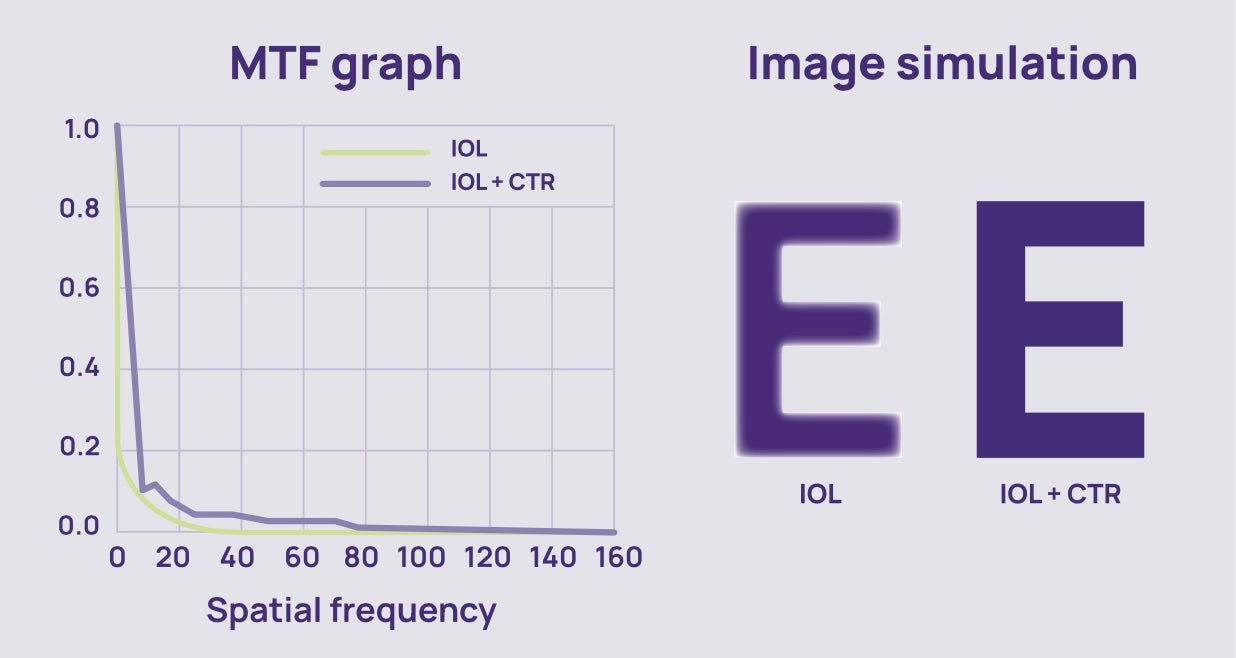Prof. C.K Joo, Korea
“Positioning of multifocal IOLs is important as a tilt or decentration can degrade the quality of vision and produce photic phenomena, causing subjective symptoms and decreased patient satisfaction. Perfect centration of multifocal IOLs is crucial to their optimum optical functioning and to preventing problems related to decentration and tilt, especially night-vision complaints. Capsular tension rings were developed to stabilize the capsular bag.
They have been shown to inhibit posterior capsule opacification, may play a role in the stability and positioning of multifocal IOLs, and may prevent IOL rotation caused by capsular bag contraction, thus providing good centration. The more complex the optics, the greater the need for perfect IOL positioning and centration, which the use of a CTR may help achieve. And some studies show that CTR can help achieve a postoperative refraction close the planned refraction without the need to augment the planned postoperative refraction. This supports the hypothesis that the CTR plays a role in stabilizing the IOL and improving outcomes.
Ophtec CTR provides an easy self-loading for the surgeon’s convenience. The unique feature associated with the Rinject product is the proprietary manufacturing process used to manufacture each Ringject capsular tension ring - compression moulding. This process provides a tension ring with total flexibility which ensures that each ring can be manipulated during surgery without the fear of snapping, unlike most other tension rings which can be brittle and can snap when inserted under stress. And we can easily control the speed and the action/retraction of the CTR injection. Also, it’s very convenient in case of deep set eyes because it has long small tip.”
For over 4 decades Ophtec has been dedicated to creating best-in-class solutions for cataract surgery.
Ophtec's Capsular Tension Rings (CTRs) and signature RingJect system allow for stabilization of the capsular bag in case of defective or absent zonulae and reduces the risk of luxation or decentration of an intraocular lens.
The Ophtec CTR Advantage

Compression
The Pre-compression shape (oval) becomes perfect circle under full compression. The circular shape keeps the capsular bag perfectly symmetrical.

ONLY Ophtec has the unique“ski tip” feature
The ends of the rings are gradually formed to “tip-up” like a ski tip - this allows the CTR to be easily guided in the capsular bag as the ring is dialed-in. The ‘ski tips’ allow the tips to flow unimpeded in the capsular bag and not become ‘snagged’.

Ophtec’s capsular tension ring in use
Perfectly circular capsular bag. Ophtec tension rings are designed to be more flexible and not deform the capsular bag.

CTR with all premium IOLs -Improved quality of vision
An image simulation using the actual modulation transfer function of an eye with a multifocal lens (left) and one with both lens and a capsular tension ring (right) show an increase in sharpness in the latter eye.
Key Opinion Leaders from around the world who routinely use CTRs
Dr E. Mertens, Belgium
“I use CTRs with all of my Premium IOLs. I have tried different types of CTR, but my favorite one is the Ophtec CTR, which is easy to implant and gives the best results.”
Prof. J.L. Alió, Spain
“I routinely use CTRs in my premium IOL, cataract and lens surgery. The reasons for this are 4:
The use of CTRs has been associated to delayed PCO. PCO is one of the main reasons for light scattering and when it happens it very early and negatively affects the outcome of the multifocal IOL. Such a delay is very much welcome in these cases.
For all these reasons, I strongly recommend the use of CTR
in every premium intraocular lens. It might be possible that every IOL, multifocal or not, should benefit from a CTR implant but definitely our premium patients will find a much better outcome and a much better future in case of optical related complications if they have a CTR implanted jointly with the premium IOL.”
Dr F. Wiley, USA
“I use Ophtec CTRs regularly on my premium lens cases, CTRs allow for s hort and long term rotational stability for toric IOLs, and positional stability for presbyopic IOLs. Furthermore CTRs give extra assurance in the rare instance a toric IOL has to be adjusted or presbyopic IOL needs to be exchanged.
For these reasons, I have never regretted a prophylactic placement of a CTR.”
Prof. C.K Joo, Korea
“Positioning of multifocal IOLs is important as a tilt or decentration can degrade the quality of vision and produce photic phenomena, causing subjective symptoms and decreased patient satisfaction. Perfect centration of multifocal IOLs is crucial to their optimum optical functioning and to preventing problems related to decentration and tilt, especially night-vision complaints. Capsular tension rings were developed to stabilize the capsular bag.
They have been shown to inhibit posterior capsule opacification, may play a role in the stability and positioning of multifocal IOLs, and may prevent IOL rotation caused by capsular bag contraction, thus providing good centration. The more complex the optics, the greater the need for perfect IOL positioning and centration, which the use of a CTR may help achieve. And some studies show that CTR can help achieve a postoperative refraction close the planned refraction without the need to augment the planned postoperative refraction. This supports the hypothesis that the CTR plays a role in stabilizing the IOL and improving outcomes.
Ophtec CTR provides an easy self-loading for the surgeon’s convenience. The unique feature associated with the Rinject product is the proprietary manufacturing process used to manufacture each Ringject capsular tension ring - compression moulding. This process provides a tension ring with total flexibility which ensures that each ring can be manipulated during surgery without the fear of snapping, unlike most other tension rings which can be brittle and can snap when inserted under stress. And we can easily control the speed and the action/retraction of the CTR injection. Also, it’s very convenient in case of deep set eyes because it has long small tip.”
Prof. S. Shah, UK
“I use CTRs routinely for my premium IOL patients as I believe this ensures good centration and prevents late movement from capsule contraction. In the rare occurrence that the lens needs to be explanted, it also facilitates surgery as the bag opens up very easily.
I prefer Ophtec CTR because they are preloaded, relatively pliable out of injector so they insert without any additional tension on bag and they unhook without manipulation. Hence they add no significant time on for the surgical procedure”

